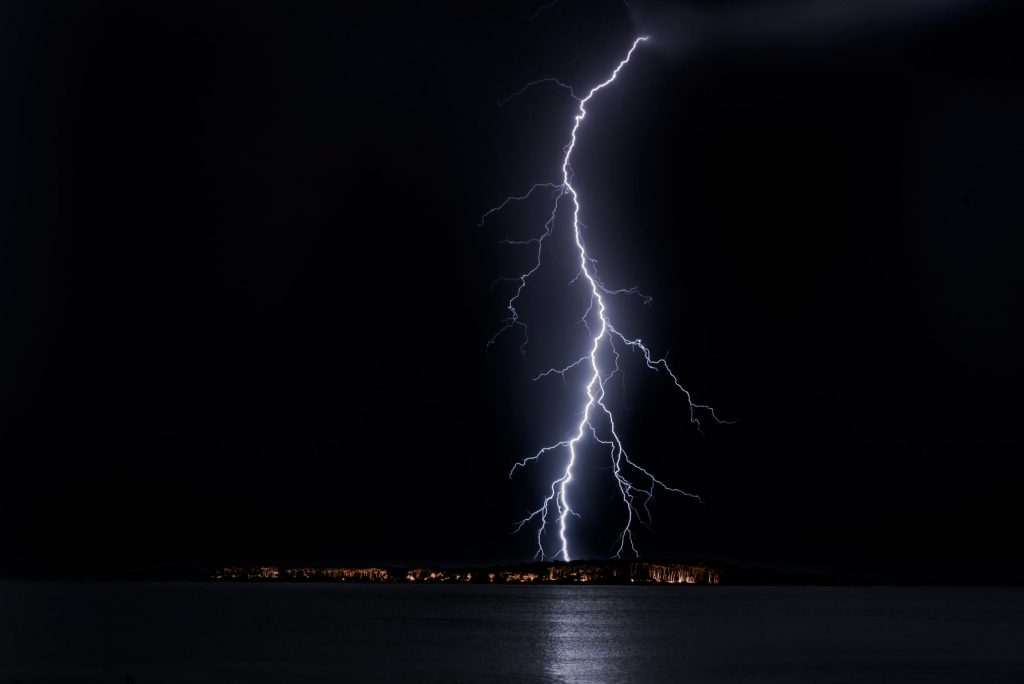Moral rights got a lot of attention recently after Blizzard requested that users sign over moral rights to created works in Warcraft III: Reforged. Here’s a bit of context on what moral rights are and why they matter in this situation.
What are moral rights?
Moral rights are rights that vest in the creator of creative work (regardless of whether the creator is the copyright holder). They typically include the right of attribution, the right to have a work or creation publishing anonymously or under a pseudonym, and the right to the integrity of the work. The rights grow out of the idea that an artist or author has a special relationship with the work they create, even if the work is no longer in the creator’s possession.
Are moral rights actually applicable in the US?
There’s been a lot of confusion over whether moral rights exist in the United States – typically, people assume that they don’t but in truth, they do exist albeit in a very limited fashion.
For example, in 2016 an artist in Detroit sued a building for demolishing the mural that was on her building. Per the overview from the lawsuit,
The work has become one of her best known pieces, and she continues to receive commissions and other opportunities based on the stature of the mural in Detroit’s arts community. She has a vested interest in ensuring the protection and survival of this significant piece.”
By invoking the Visual Artist Rights Act of 1990 (VARA), which encompasses moral rights of attribution and integrity, the artist asked for an injunction against the real estate developer. The Visual Artist Rights Act of 1990 extends to visual artists the legal protection of their moral rights of attribution and integrity in certain specific works. In 2017, the legal battle ended and the mural will stay.
When the U.S. joined the Berne Convention in 1989, moral rights were added to the Copyright Act but they aren’t as widely applied as in other countries. In the U.S., moral rights technically expire upon the death of the author but in other countries, this varies. In Canada, for example, moral rights last 50 years after the author’s death and in France they survive in perpetuity.
VARA only includes paintings, sculptures, prints, drawings, and photographs (that exist in a single copy or a limited edition of 200 or fewer that are signed/numbered). Posters, maps, globes, motion pictures, electronic publications and applied art are all explicitly excluded from VARA.
Ok so what does this have to do with video games and Warcraft III: Reforged?
In the Terms of Service for Warcraft III: Reforged, Blizzard is asking players to “waive any moral rights or similar rights you may have in all such Custom Games, without any remuneration.” The terms also cover copyright: any custom maps created by users become the property of Blizzard, not the property of the creator. But, moral rights are separate from copyrights. And, unlike copyright interests, moral rights generally cannot be transferred by contract. In order for Blizzard to be fully protected, the creators of a custom map that belongs to Blizzard under the contractual terms of service need to also waive any moral rights claims separate and apart from the copyright.
Why the extra precaution? It could be historical, namely: DotA.
Defense of the Ancients (DotA) was a custom map created within Warcraft III that led to the creation of the MOBA (massively online battle arena) genre and eventually inspired League of Legends and Dota 2, two of the largest and most profitable video games in the world over the past decade.
Blizzard basically doesn’t want to miss out on a second lightning strike.
View all posts by this author
